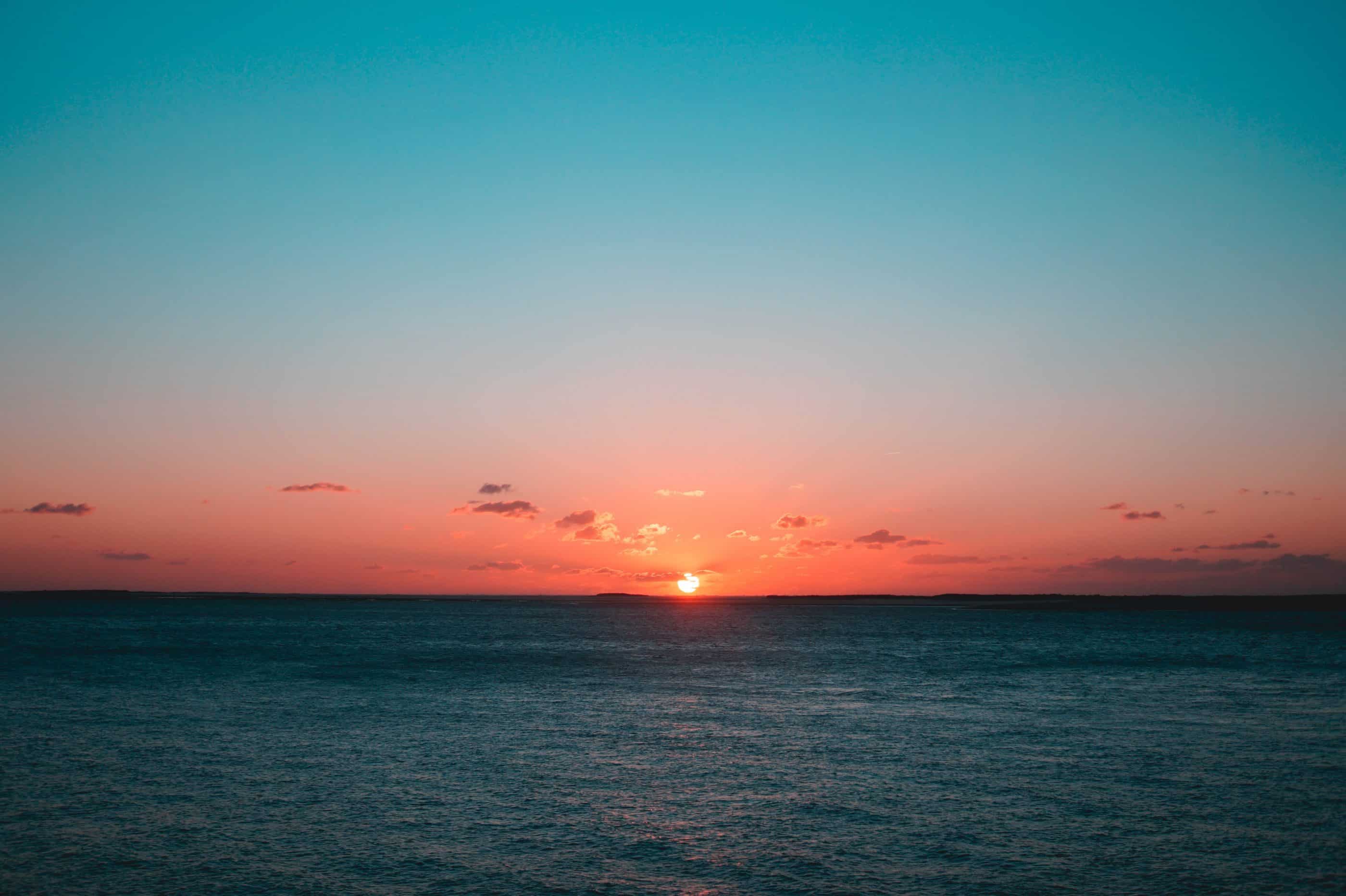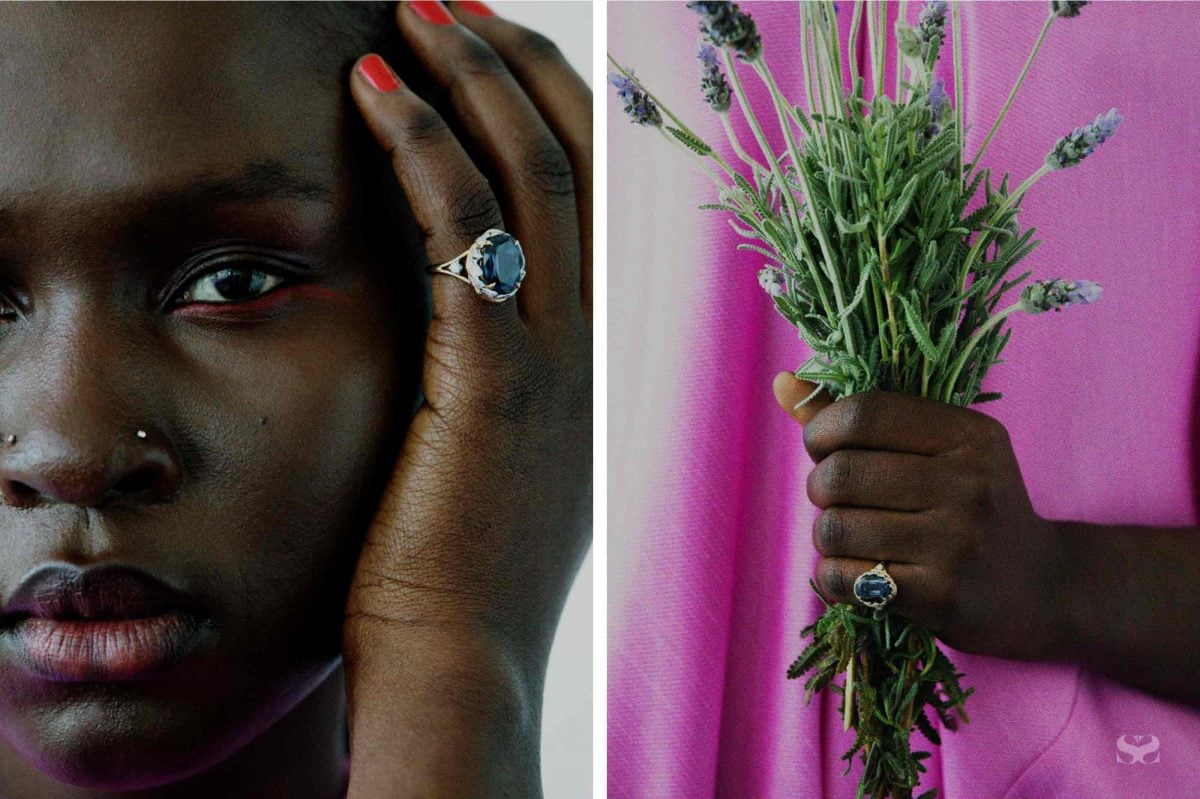
At this point in the year, summer is well and truly upon us and as the summer solstice approaches on 22 December, 2022, we wanted to break down what it means. Despite being an annual event, many of us only loosely understand what the phenomenon means. Yes, it's the longest day of the year, but why? Is it the same as midsummer? We're answering these questions and more on the 2022 summer solstice, below.
What is the summer solstice?
Put simply, a solstice speaks to the position of the earth in relation to the sun – so the tilt of the earth as it orbits the sun – which is how we measure our seasons. In Australia, this takes place when the sun's track across the sky reaches its highest point. The summer solstice will feel like the longest day of the year as it marks the period we have the most amount of daylight, making it not only the longest but also the brightest day of the year. The summer solstice usually occurs on 22 December, but can happen anytime between December 21-23. In 2022, the official first day of summer in Australia (southern hemisphere) will occur on Thursday, 22 December, at sharp 08:48am Australian Eastern Daylight Time (AEDT).
Depending on how far south you live will determine how much light you receive. In Hobart, the summer solstice sunrise will occur at 5:29 am and the sun will go down at 8:50pm making the day's duration fifteen hours and 21 minutes. If you live in Sydney however, the sun will rise at 5:42 am and set at 8:06 pm making the length of the day fourteen hours and 24 minutes. And although we'll experience the longest day of the year, this doesn't mean there are any fewer hours or minutes in the day, it simply refers to daylight.
Does this make it the warmest day in the year?
Although the winter solstice doesn't make for the coldest day of the year, it's a little different in the summer months. The hottest day of the year typically occurs in October or November across the tropical north of the continent, and generally shifts into December and then January moving south. It's different every year, but in southern Australia, the hottest day and night usually occur in January, several weeks after the December solstice. In Northern Australia, the hottest day is typically before the start of the wet season.
How to make the most of the 2022 summer solstice
As is the case with all lunar and solar events, the summer solstice provides an opportunity to realign, re-centre and let go. It has been celebrated since ancient times and had long been said to mark the ancient middle of summer, the basis of A24's 2019 horror film Midsommer although we don't recommend barking up that maypole. Midsummer is also known to flock people around Stonehenge which is seen by druids as a place of worship.
This is a time to celebrate the power of light before moving into darkness. Even though bringing more heat into your life may not sound particularly inviting, fire is intrinsically linked to the summer solstice. It is used in ceremonies across the world to cleanse yourself and the year that's been. This is the perfect time of the year to reset with new years eve around the corner. You can also light candles, reflect on the year that has passed and start meditating on your next steps.
Is the summer solstice the same as midsummer?
Many people consider the summer solstice to be the first day of summer, although for others, paradoxically, it is known as midsummer. Midsummer and the summer solstice are used interchangeably, but they refer to different things. The solstice is the beginning of the astronomical summer that has been celebrated since ancient times as the longest day of the year. Midsummer now refers to numerous celebrations that are held over the solstice period, with both pagan and Christian origins.
How does this change sunrise and sunset times?
Because the Earth is off-centre on its access these combined phenomena can create up to several minutes difference between solar and mean time, according to geo Australia. Around the date of the summer solstice, these effects make the sun appear to move slower than expected resulting in the earliest sunrise occurring before the date of the summer solstice.
What's the difference between the solstice and equinox?
If you have heard people reference both a solstice and equinox and are unsure on what the difference between the two is; the clue is all in the name. Unlike a solstice where the Earth is faced in polar opposite directions to the moon or sun; an equinox represents a solar event when day and night are roughly equal. These normally occur two times a year during autumn and spring. You can expect the next equinox to occur on March 21st, 2023 in Australia.
Now that we've had the shortest day of the year, when is the longest?
Just as there's a summer solstice, there is also a winter solstice – which is happening right now in the Northern Hemisphere (while we burn). For us Australians, our winter solstice will arrive on June 21st, 2023.
Photo by Romain HUNEAU on Unsplash



